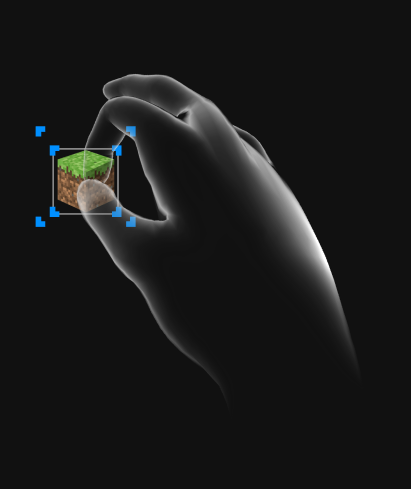The goal of this project was to design a Mixed Reality (MR) application that simplifies and enhances inventory management processes within industrial environments. The primary challenge was to replace traditional, error-prone inventory methods with a user-friendly, real-time interface that integrates Augmented Reality (AR) tools and IoT (Internet of Things) capabilities.
This project was developed as part of my bachelor's thesis, and it involved merging digital interfaces with physical space, creating a seamless experience for warehouse workers and inventory managers.
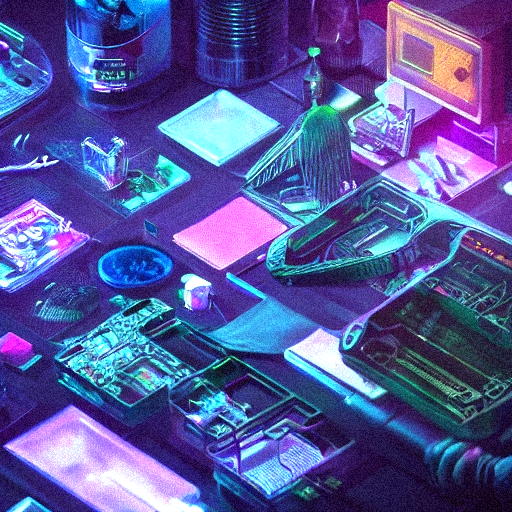
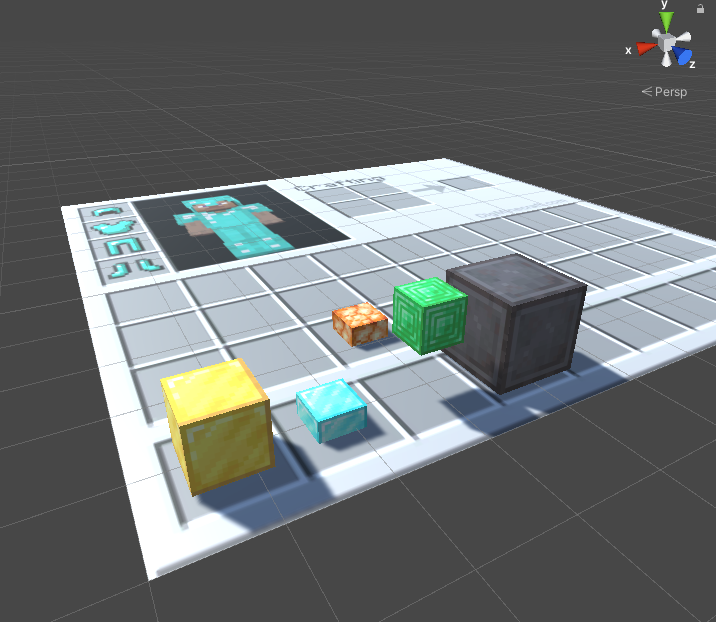
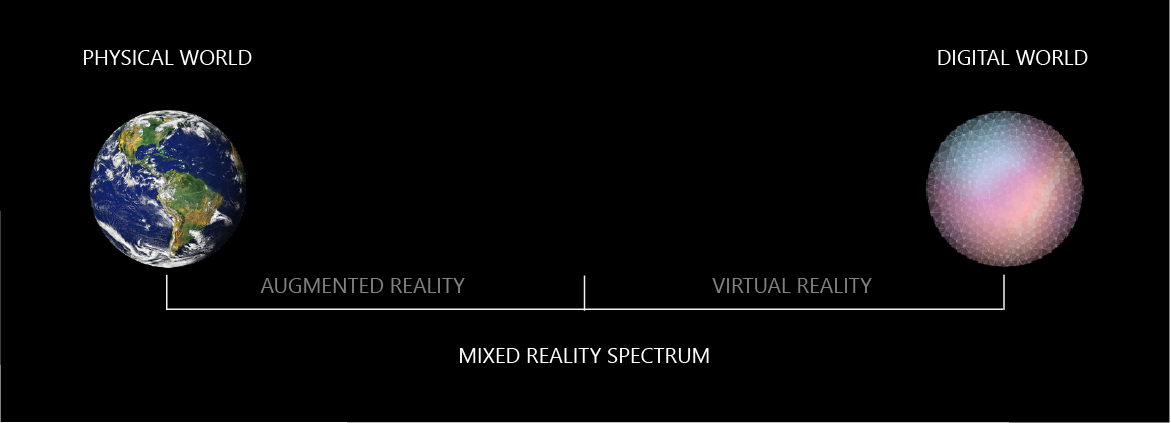
Problem Statement
2. Method & Research Insights
To resolve the challenges of inventory management, I conducted qualitative research with field experts and warehouse staff. My approach included:
-
Contextual Interviews: Gathering insights about daily workflows, pain points, and the requirements for a Mixed Reality solution.
-
Process Observation: Observing how physical inventory checks and logistics were carried out.
-
User Personas: Creating detailed personas to identify the varying user roles (e.g., Warehouse Worker, Logistics Manager).
Key Insight: Users needed a tool that could provide immediate visual feedback, reduce manual data input, and integrate with their existing inventory systems.
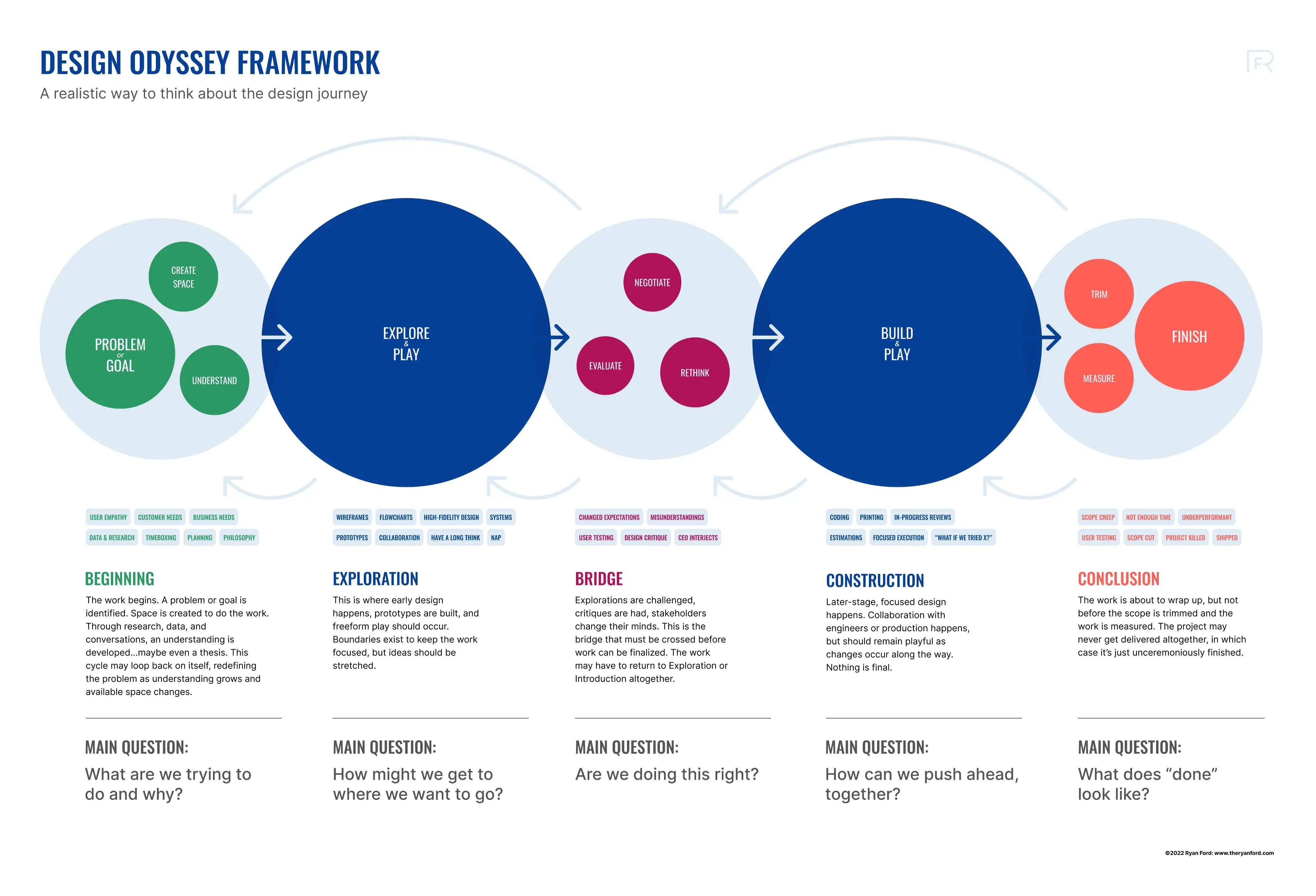
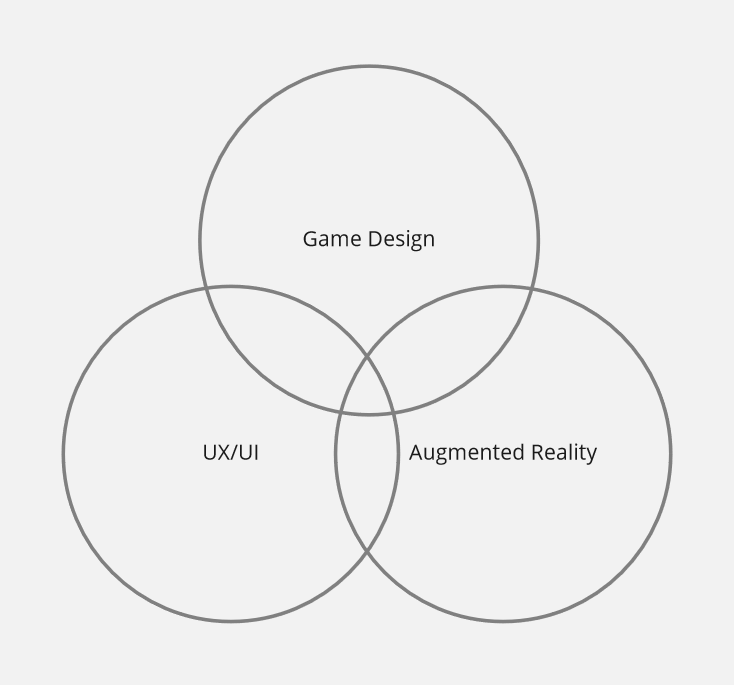
3. Process & Design
3.1 Wireframing & Information Architecture
-
I developed low-fidelity wireframes to plan the app's layout and functionality.
The Information Architecture ensured that users could intuitively navigate between:
Inventory Scanning (MR overlay of objects).
Item Classification (real-time tagging).
Using the "Taxonomy of Inventories" as research asset.

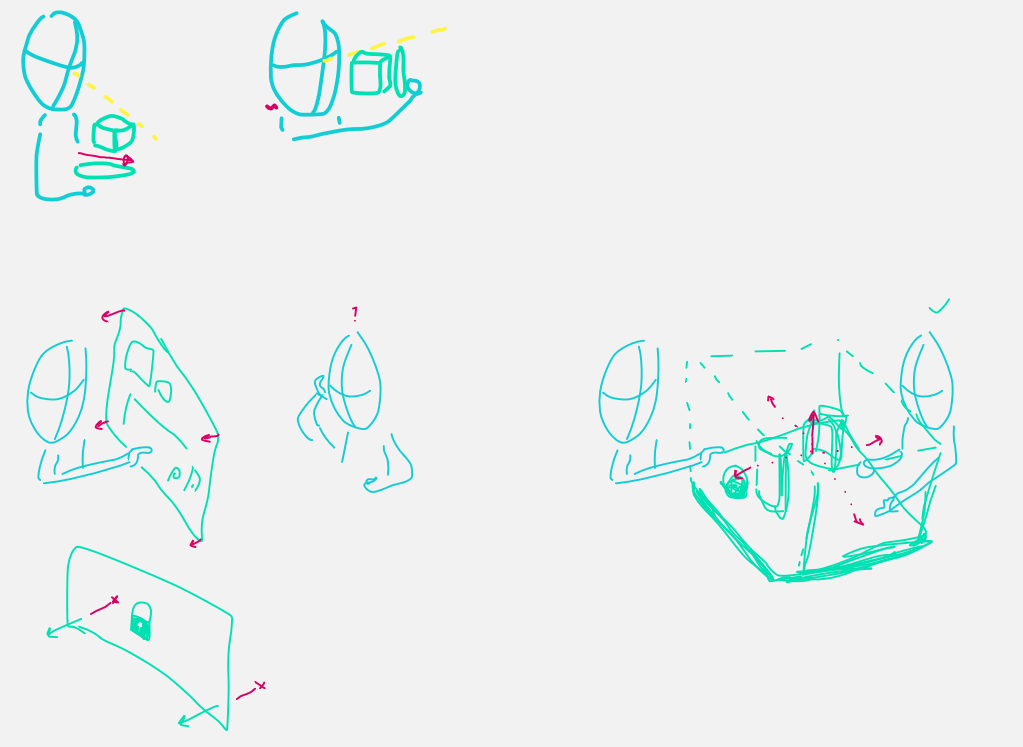
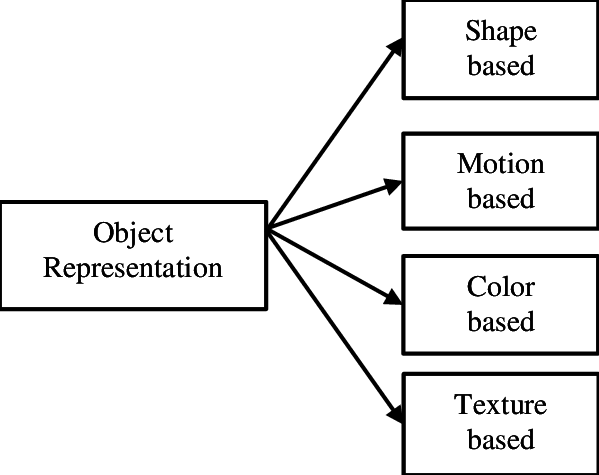
3.2 Design Iterations
-
Once the basic wireframes were approved, I moved into the design phase:
The Information Architecture ensured that users could intuitively navigate between:
User Interface (UI):Implemented clean, functional UI elements optimized for MR headsets (e.g., HoloLens).
Interaction Design:Focused on hand gestures, gaze tracking, and minimal distractions within the MR space.
Color and Typography:Used high-contrast design principles to maintain visibility in complex environments.
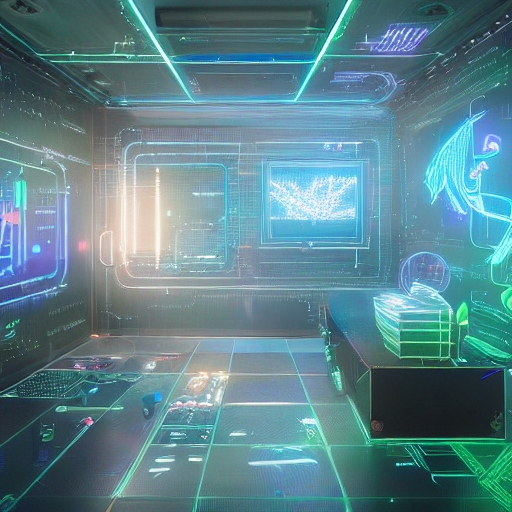

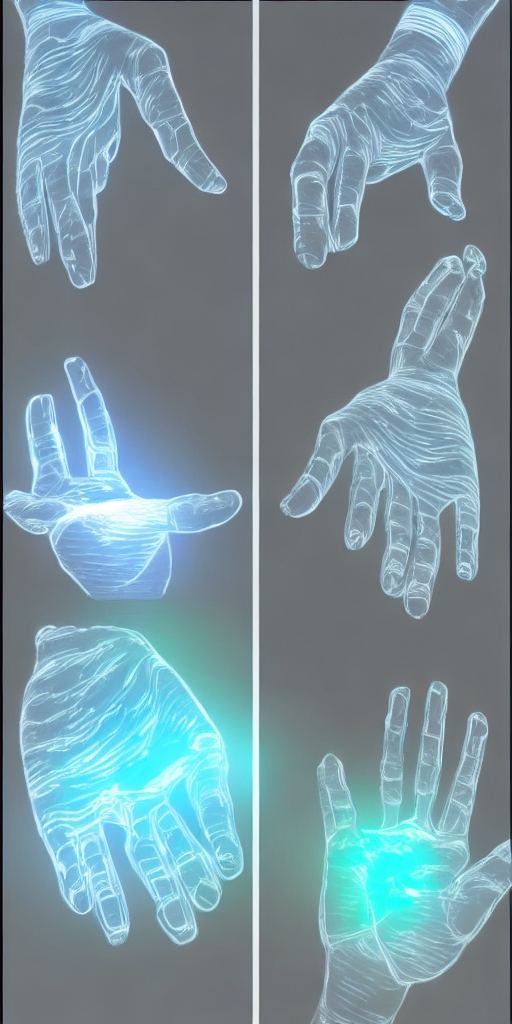
Prototype Development
4.1 Flowchart & Micro Interactions
-
I developed low-fidelity wireframes to plan the app's layout and functionality.
The Information Architecture ensured that users could intuitively navigate between:
Inventory Scanning (MR overlay of objects).
Item Classification (real-time tagging).
Error Reporting & Alerts.

4.2 Translating the Design - Minecraft to Miro
-
I developed low-fidelity wireframes to plan the app's layout and functionality.
The Information Architecture ensured that users could intuitively navigate between:
Inventory Scanning (MR overlay of objects).
Item Classification (real-time tagging).
Error Reporting & Alerts.
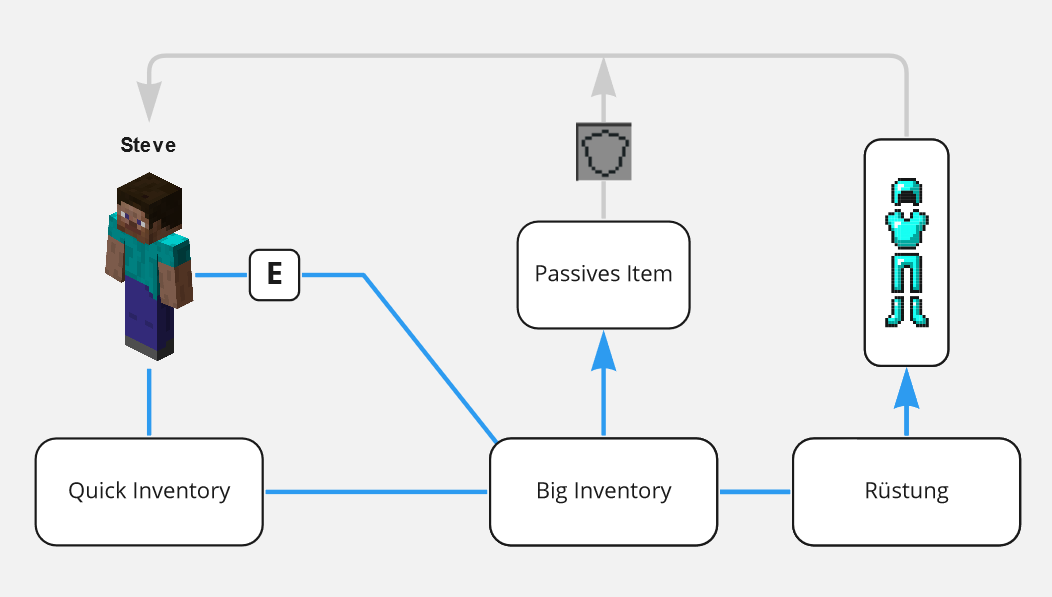
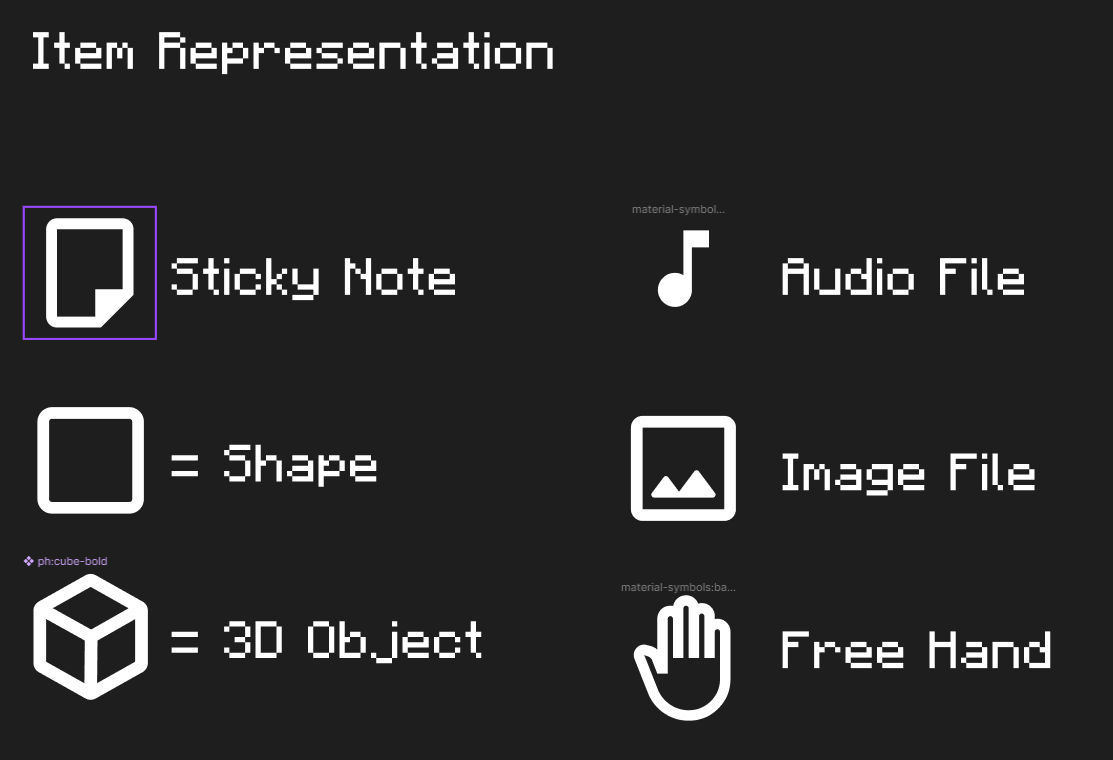
4. Testing & Results
-
The prototype was tested with a group of warehouse workers in a controlled environment. Results included:
The Information Architecture ensured that users could intuitively navigate between:
Inventory Scanning (MR overlay of objects).
Item Classification (real-time tagging).
Error Reporting & Alerts.

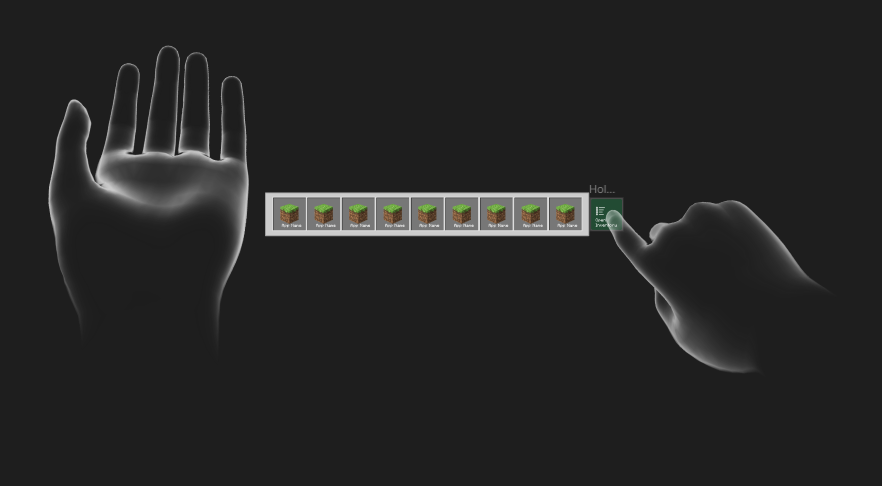

-
The prototype was tested with a group of warehouse workers in a controlled environment. Results included:
The Information Architecture ensured that users could intuitively navigate between:
Inventory Scanning (MR overlay of objects).
Item Classification (real-time tagging).
Error Reporting & Alerts.




